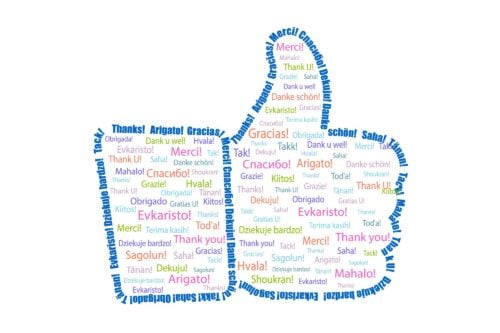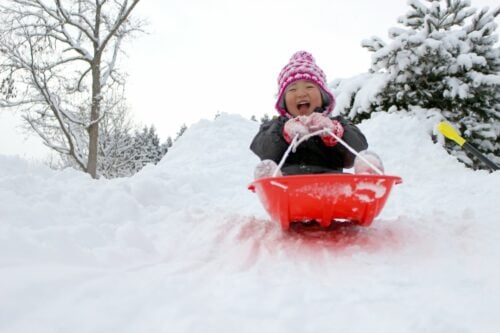Share this link via
Or copy link
Below are navigation links that will take you to the main text and navigation menus.
26,551 first names, 70,620 last names, 333,585 kanji variations.
one of the best Japanese name search tools for your baby!

When it comes to baby names in Japan, popularity rankings aren’t just about timeless classics—parents keep a keen eye on cultural events, sports teams, and even pop culture when selecting names for their newborns. Every year, several organizations (including Meiji Yasuda Life Insurance) publish most common baby name lists, offering insights into current trends. This article dives into how these rankings work, what influenced 2017’s top choices, and the deeper significance behind each name’s kanji and pronunciation.
Contents
In 2017, one major naming trend involved high-profile Japanese sports teams that shone globally. Parents often look to these teams’ nicknames or symbolic elements for inspiration.
Case in Point:
This phenomenon isn’t limited to sports—some years see a spike in names related to popular anime, newly released movies, or national idols.
Below are the five most popular kanji for boys and girls in 2017. Each kanji set can be read in multiple ways, highlighting the versatility of Japanese naming.
Why These Kanji Matter
Sometimes, the most popular pronunciations differ from the most popular kanji forms. Japanese parents may pick a sound like “Haruto” but choose different character sets to express it. Each year, Meiji Yasuda Seimei also releases the top 5 or 10 pronunciations—even if the exact kanji vary widely.
Japanese naming customs evolve each year. Some highlights from 2017 include:
As the years roll on, new inspirations—be it from sports, popular manga/anime, or global events—will continue shaping which names top the charts. For non-Japanese speakers, exploring these name trends offers a window into Japan’s cultural heartbeat—where a simple name can encapsulate a vibrant story of tradition, aspiration, and modern flair.
Reference: 明治安田生命の「2017年生まれの子供の名前」



Sort by Most Kanji Variations
This is the order of names with many variations of kanji.
Basically, names with more variations are more common and familiar to the Japanese.
Sort by Most Viewed
The names are sorted by the number of times they have been viewed on this site. This ranking is based on the behavior of users around the world, including Japan, so it does not mean that the names are commonly viewed by Japanese people only.
Please note that just because a name has been viewed more times does not mean it is a famous name in Japan.
What is Hiragana?
Hiragana is a syllabary used in written Japanese, which originated from the cursive style of Kanji.
What is Katakana?
Katakana is also a Japanese syllabary. Basically, the characters don't have any meaning by themselves, they only represent the sounds.
Japanese try to express the words came from foreign languages with the most similar sounds in Japanese using Katakana.
What is English Transcription?
English Transcription is a term used when translating Japanese names into English. It represents a romanised version of the name with the aim of reproducing the pronunciation as accurately as possible. English Transcription can also be used for name searches.
Japanese Style Nickname
In Japan, nicknames are commonly used to express familiarity and affection. Here are key features and contexts:
Shortened Forms: Names are often shortened for ease and intimacy, such as 'Yuki' from 'Yukiko' or 'Taka' from 'Takashi'.
Suffixes: Terms like 'chan' for girls and 'kun' for boys are added to names among close friends and family. However, 'chan' can also be used for boys during childhood. Additionally, among adults who are very close, like best friends, 'chan' may still be used to convey affection and familiarity. More Details
Usage and Cultural Aspects: Nicknames are typically used in informal settings among friends, family, or close colleagues, and are not suitable for formal or professional environments. The use of a nickname suggests a degree of intimacy and should reflect the nature of the relationship. Young people often demonstrate creativity in their social interactions by crafting unique nicknames.
Note: In Japanese, the long vowel sound is indicated by a special character called a "chōonpu" (長音符), which looks like a horizontal dash (ー). This character serves to extend the duration of the vowel sound immediately preceding it. For instance, in the name "あーちゃん" (A-chan), the "あ" (A) is extended, producing a prolonged "ah" sound, similar to the "a" in "father."
Households?
The names are sorted by the number of Japanese households where the surname is used.
The more households there are, the more famous and common the surname is.
About this site's data of last names
